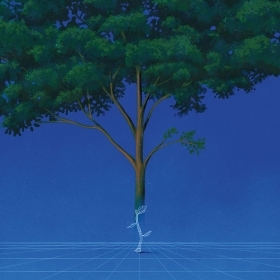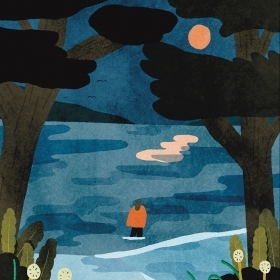In December 2001, I was an editorial assistant at MIT Technology Review. I edited class notes, processed invoices, and listened to The Strokes’ album Is This It on repeat. All fall in the editorial offices, in between nervous discussion of the war on terror, the dot-com recession, and the precipitous decline in advertising in the magazine, there had been lighthearted speculation about a new invention that was about to be unveiled and, the inventor was saying, change the world.
Finally, to much fanfare, on Dec. 3, Dean Kamen revealed the Segway Human Transporter on Good Morning America. “Huh,” I thought. “That’s it?” A few months later, as Kamen went on tour with the self-balancing scooter, I saw him give a demonstration in a lecture hall on campus. It was interesting, for sure, but I didn’t feel like I was in the presence of world-changing technology. (And, as it turns out, I wasn’t.)
But I don’t always recognize the real thing when it’s staring me in the face. A few years later, when I signed up for Facebook using my Wellesley email address (at the time, it was restricted to those with a .edu email), it seemed like a fun way to keep track of my little brother at Tufts. I had no idea how Mark Zuckerberg’s website would influence the world—for better or worse.
It turns out that it’s hard to tell when new tech is going to have a lasting impact. But when generative artificial intelligence programs like ChatGPT and Midjourney burst into public consciousness in 2022, it was impossible to deny their significance. One of the first prompts I gave ChatGPT was, “Write a screenplay about a group of friends who are students at Wellesley College in 1953.” The script was truly awful, worse than Mona Lisa Smile—but it was coherent, and it was instantaneous.
For our cover story, “AI’s Unanswered Questions,” we talked to Wellesley faculty and alum experts about their thoughts on this moment and what we should really be asking. We won’t have a clear idea of the impact of this technology for a while, but I suspect that their thoughts will hold up. Let us know what you think; email us at magazine@wellesley.edu.







